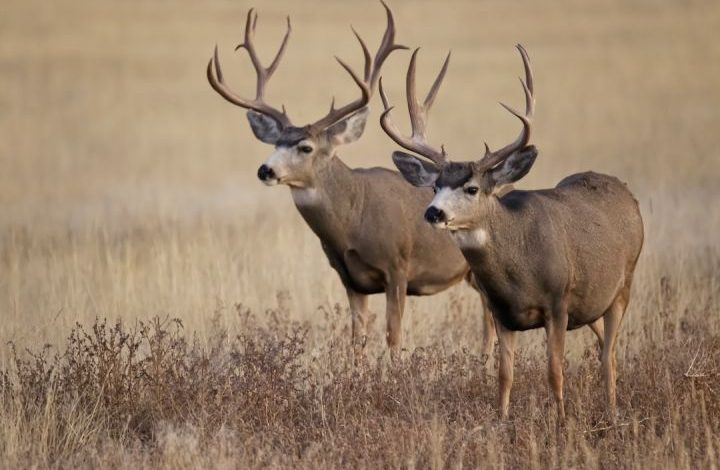What’s the Impact of Drought on Hunting Seasons?

Drought can have a significant impact on hunting seasons, affecting both the hunters and the wildlife they pursue. In areas experiencing drought conditions, the scarcity of water and vegetation can disrupt the natural patterns of animal behavior, making it more challenging for hunters to track and locate their prey. Additionally, drought can lead to a decline in the overall population of certain species, which may result in the implementation of stricter hunting regulations. In this article, we will explore the various ways in which drought can impact hunting seasons.
Impact on Animal Behavior
During periods of drought, animals are forced to adapt to the scarcity of resources. This often means altering their movement patterns and seeking out alternative sources of food and water. For hunters, this can make it difficult to predict the location of their target species. Animals that would typically frequent certain areas may now be found in entirely different regions in search of sustenance. This unpredictability can pose a challenge for hunters who rely on their knowledge of animal behavior to plan successful hunts.
Decline in Population
Drought can also lead to a decline in the overall population of certain species. The scarcity of water and food sources can cause stress and malnutrition among wildlife, leading to decreased reproductive rates and increased mortality. This decline in population can have long-lasting effects on hunting seasons, as it may necessitate the implementation of stricter regulations to protect vulnerable species. Hunting quotas may be reduced, or certain hunting seasons may be postponed or even canceled entirely to allow populations to recover.
Changes in Hunting Regulations
As drought conditions persist, wildlife management agencies often respond by adjusting hunting regulations to mitigate the impact on vulnerable species. These changes may include reducing bag limits, shortening hunting seasons, or implementing new restrictions on certain hunting methods. The goal is to ensure the long-term sustainability of the wildlife population and prevent further depletion due to the added pressures of drought. While these regulations may be necessary for conservation purposes, they can also present challenges for hunters who must adapt to the changing rules and restrictions.
Alternative Hunting Opportunities
Despite the challenges posed by drought, some hunters may find alternative opportunities in the form of new hunting grounds or species that are more resilient to dry conditions. For example, certain game species may be better adapted to survive in arid environments and may even thrive during times of drought. Exploring these alternative hunting opportunities can provide hunters with a chance to adapt and continue their pursuit of game despite the challenging conditions.
Conclusion: Adapting to a Changing Landscape
Drought can have a profound impact on hunting seasons, challenging hunters to adapt to the changing behavior and movements of wildlife. Additionally, the decline in population of certain species may lead to stricter hunting regulations, requiring hunters to adjust their strategies and expectations. However, the challenges posed by drought also present opportunities for hunters to explore new hunting grounds and target species that are more resilient to dry conditions. By embracing these opportunities and adapting to the changing landscape, hunters can continue to pursue their passion while also contributing to the conservation efforts necessary for the long-term sustainability of wildlife populations.
